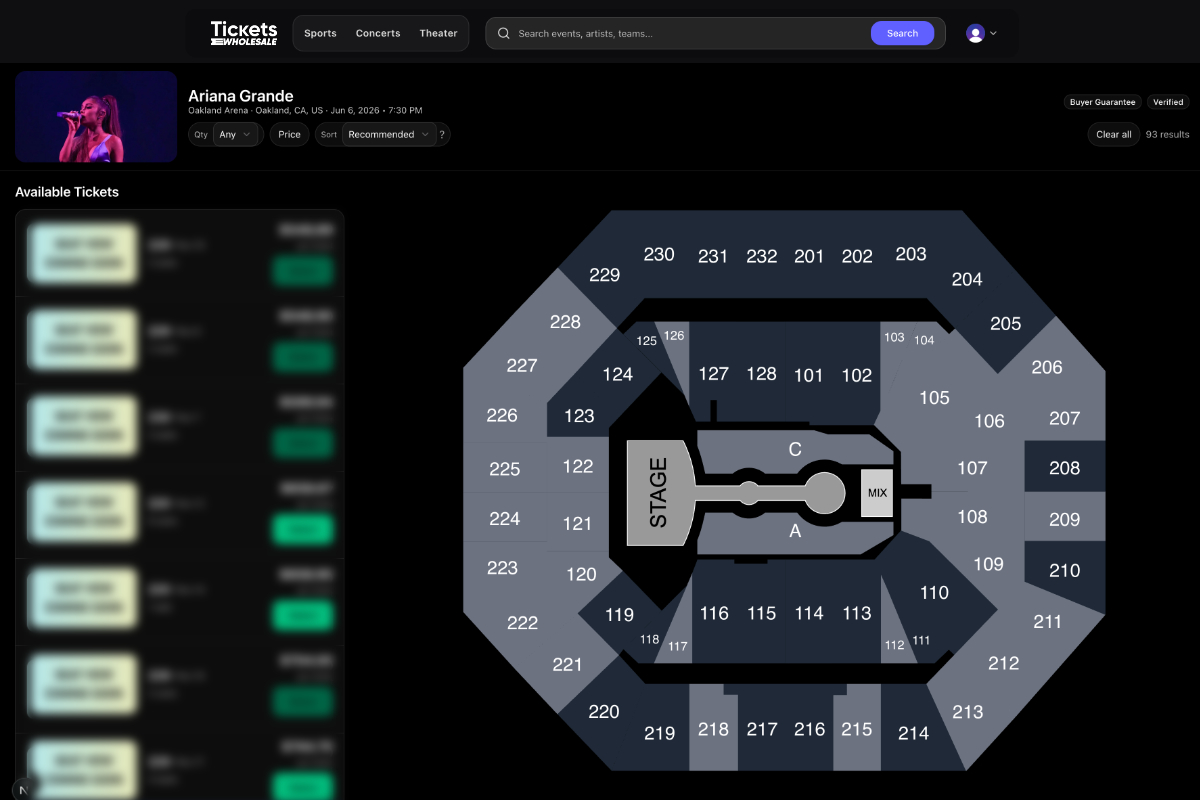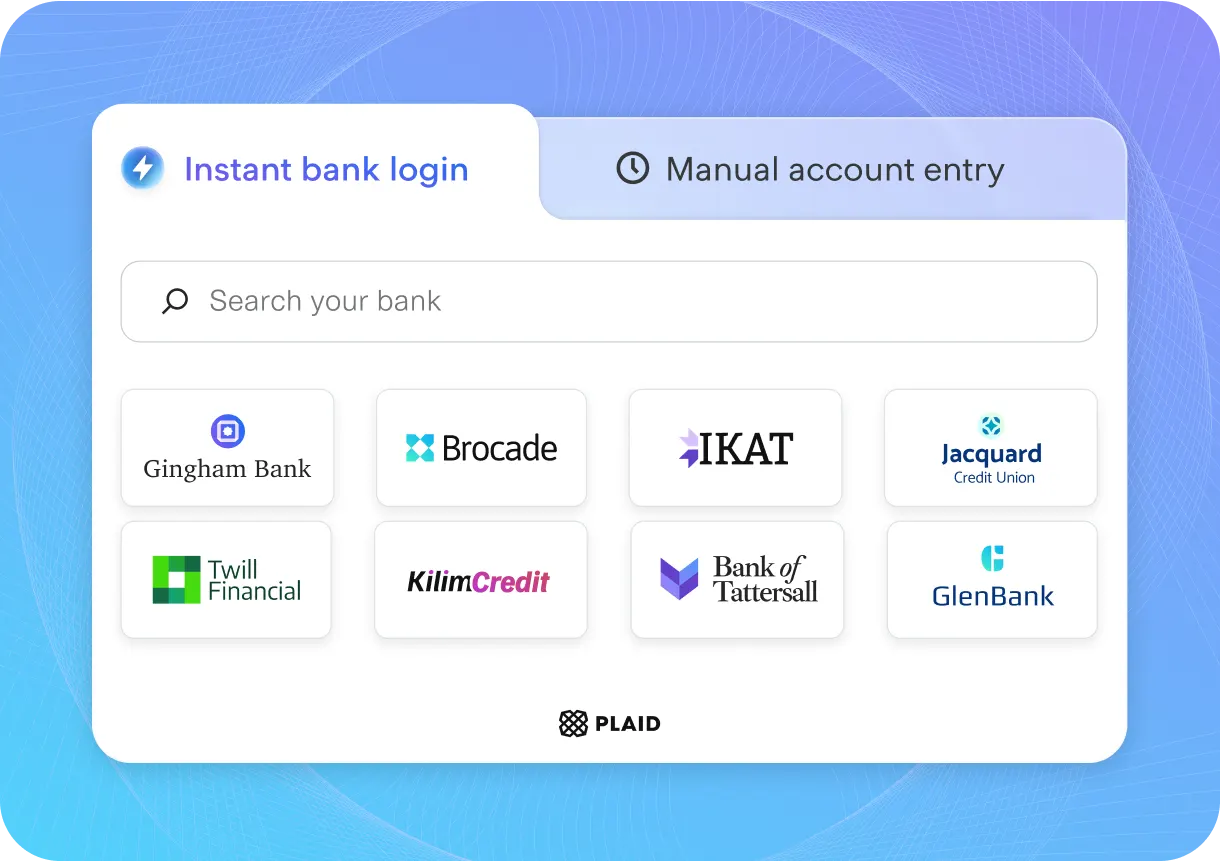•3 min readEngineeringNext.jsData
Building a Real-Time Ticket Inventory Pipeline with Next.js
Editorial Team
Wholesale Tickets Editorial

Live inventory is the heartbeat of a brokerage. Below is a pragmatic approach to build a resilient, low-latency pipeline on the modern web stack.
Ingestion
- Use server-side tasks for scheduled fetches from trusted B2B endpoints.
- Normalize payloads into a common shape: eventId, venueId, section/row/seat, price, deliveryType, TTL.
- Respect rate limits and implement per-source backoff with circuit breakers.
Normalization
Apply venue maps and consistent seat attributes. Record a provenance trail for each row of data so you can answer “where did this come from?” during disputes.
Serving
- Use Next.js Route Handlers for low-latency JSON feeds.
- Cache at the edge with short TTLs; revalidate-on-focus on the client.
- Stream updates to internal dashboards via websockets or server-sent events.
Observability
Instrument the pipeline with structured logs, per-source latency, error rates, and data freshness. Set alerting thresholds and build a simple on-call playbook.
Security
Protect supplier endpoints and secrets, rotate credentials, and partition access by environment. Log access and validate input strictly to avoid poison data.
Done right, your pipeline becomes a competitive moat: faster decisions, fewer mismatches, and happier buyers.
Published by Wholesale Tickets Editorial


